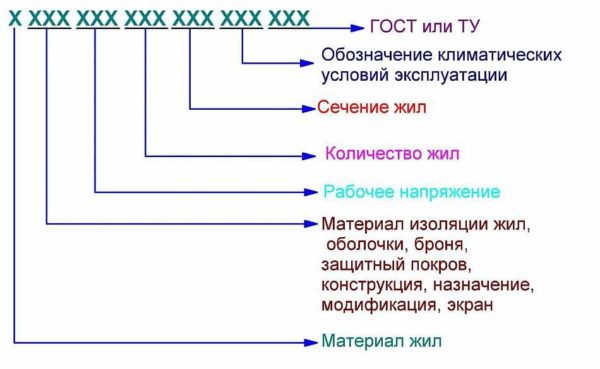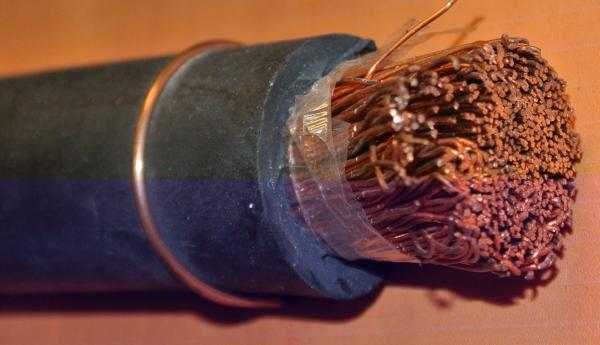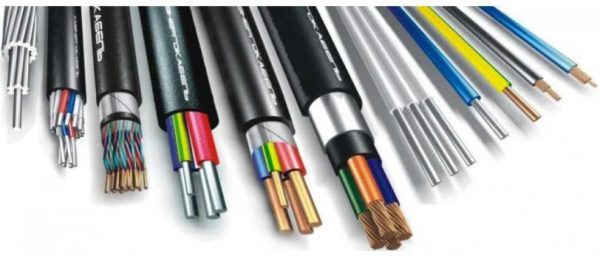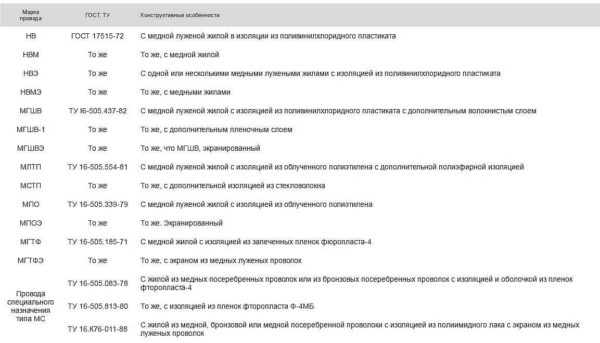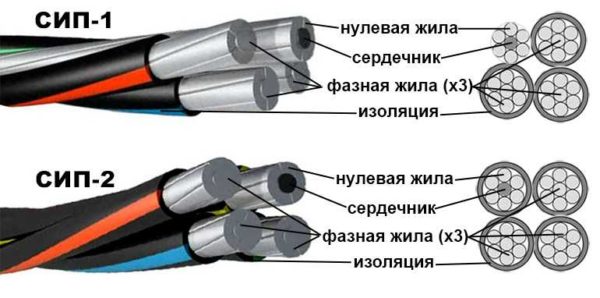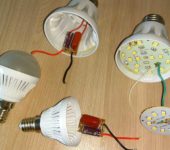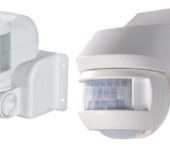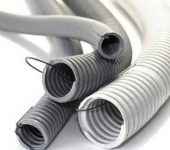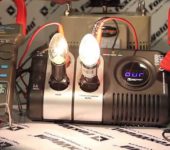What does cable marking mean?
Cable and wiring products are quite diverse. But how to understand such a variety, how to understand what is encrypted in the name? For easier identification, a whole system has been developed - cable marking. These are letter designations in which basic information about the material of the cores, shells and the field of application of this particular product is encrypted.
The content of the article
General principles for labeling cable products
In order to make it easier to identify the cable, its characteristics and the field of application, a system of cable identification or marking was developed. Data is written in a specific order, each letter or number has its own meaning.
What each position means and what letters can be there, see the table below. There is nothing special to add here:
| Arrangement of letters or numbers | What does | Used letters and their decoding |
|---|---|---|
| 1st letter | Core material | - no letter - copper |
| A - aluminum |
||
| 2nd letter | Degree of flexibility | Г - flexible, stranded |
| nothing - single core | ||
| 3rd letter | Insulation material | B - polyvinyl chloride (PVC) |
| P - polyethylene | ||
| P - rubber | ||
| HP - non-flammable week | ||
| F - fluoroplastic | ||
| C - film insulation (for installation wires) | ||
| 4th letter | Sheath material or type of armor | BBG - armor made of steel profiled tape |
| Bn - armor made of steel strips with a protective cover that does not support combustion | ||
| B - PVC | ||
| D - double wire braid | ||
| K - armor made of round steel wires enclosed in steel pokl | ||
| SB - lead armor | ||
| 5th letter | Type of protective cover, purpose of the outer layer, designation of the core structure | B - PVC (if at the end indicates paper insulation) |
| D - anti-corrosive protective layer. If "G" - no protection against mechanical damage | ||
| О - insulated wires are united by a common braid | ||
| Shv - protective layer - extruded PVC hose | ||
| Shp - protective layer - extruded polyethylene hose | ||
| Shps - too, but self-extinguishing polyethylene | ||
| E - shielded | ||
| T - wire for laying in pipes |
Also, cable marking consists of several numbers. There may be an operating voltage (for power cables), then the number of cores must be followed and the cross-section of these cores is indicated through the "x" sign. And the last can be applied to the designation of the standard according to which this type of cable and wire products is manufactured.
Examples of decoding cable marking
VVG cable - 2x1.5. It stands for: power cable in a sheath made of polyvinyl chloride (PVC). The casing is covered with an anti-corrosion layer. Consists of two copper conductors with a cross section of 1.5 mm2.
Its subspecies - VVGp - too, only in a flat design. VVGng - the sheath of the cable does not support combustion.
VBbShvng cable. The decoding of this abbreviation is as follows: copper conductors (no letter A). The insulation of the conductors is made of PVC, the armor Bb is made of two steel tapes, without a protective cushion. Cable sheath - Shvng - extruded PVC hose with low flammability.
KG cable. The decoding of the letter designation is as follows. Copper conductors, flexible cable. That's all. Wires without insulation, if there is also the letter "n" - КГн - cable sheath made of non-combustible oil-resistant rubber.
How to decrypt APvPu2g? Cable with aluminum conductors (first letter A), cross-linked polyethylene (Pv) wire insulation, reinforced polyethylene (Pu) cable sheath, double waterproofing (2g). In this case, an aluminopolymer tape is used in combination with longitudinal waterproof tapes.
KSPV cable. It stands for cable (K), transmission systems (SP) in a vinyl sheath (B).That is, this is not a power cable, but is used to transfer various data (low-current). Copper conductors - as there is no letter "A".
AABl products. The decoding is as follows: aluminum wires (A), sheath - aluminum (A), covered with armor of two steel tapes (Bl), under the armor there is a protective cushion made of plastic tapes.
APvPu - aluminum conductors (A), cross-linked polyethylene (Pv) insulation, reinforced polyethylene (Pu) sheath.
MKESH - installation cable (MK), shielded (E), in a protective PVC hose.
Features of wire marking
The assortment of cable and wire products also includes wires. How do they differ from a cable? As a rule, they have a smaller cross-section, they can be isolated or without it. There are wires consisting of one core, there are several.
In order to distinguish them from cables by name, the letter "P" is put in the name at the beginning of the marking. It stands in the first place if the conductors are copper and their designation is simply not put (example 1), or in second place if the conductors are made of aluminum and are designated by the letter A (example 2).
- PBPPG - wire (P), household and industrial use (BP), flat (P), flexible (G).
- APPV - aluminum conductors (A), flat wire (PP), in PVC sheath.
The wires can be of two cross-sections:
- round - this is not displayed in the marking in any way:
- flat, then the letter P.
Mounting
If the wire has a specific purpose - wiring - instead of the letter "P" put "M". For example, MGShV. It stands for mounting (M) stranded (G) wire in a sheath of polyamide silk and PVC.
The purpose of the installation wires is to connect parts of devices, electronic and electrical equipment.
PVC-insulated wires (marked with the letter B in the marking) are designed to operate at temperatures no higher than 70 ° C, made of cross-linked polyethylene (Pv) - up to 100 ° C. To work in an environment heated to a temperature of 200 ° C, wires of the MC and MGTF type are used.
Self-supporting
Wires that are installed on power lines or are used when air method of connecting electricity from the pole to the house are called self-supporting - they do not need support. They are rigid enough to support their own weight.
There are not so many products in this group, their decoding can be remembered:
- SIP is a self-supporting insulated wire in a XLPE sheath. It is used for air connection up to the pole.
- SIP-1 also with non-insulated neutral;
- SIP-2 - the same, but the neutral is isolated;
- SIP-4 - insulated conductors of the same cross-section.
- A - a wire twisted from several aluminum wires without insulation. Previously, it was quite widely used, now it is less and less.
- AC - aluminum conductors twisted around a steel core. Quite a specific product.
There is a separate group - heating cables. They have their own markings. After the letter "P" is "N" as a display of the destination. For example, PNSV - wire (P), heating (N), steel single-wire core, PVC insulation.

